Meditation For Focus
-

True Meditation
$17.47 -
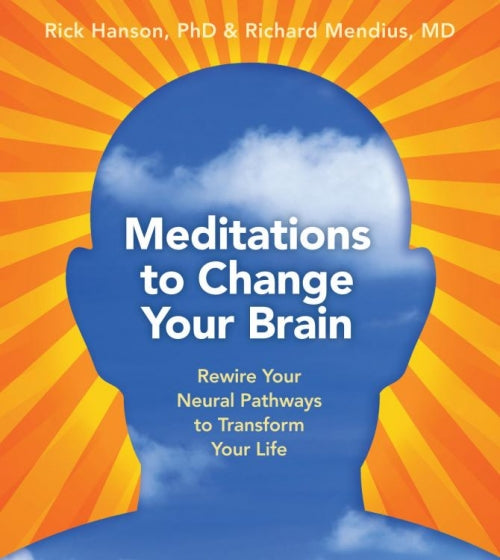
Meditations to Change Your Brain
$17.47 $24.95 -

Morning Energy Meditation
$4.99 -

Evening Energy Meditation
$4.99 -

Meditations for Emotional Healing
$13.97 -

When Pain is the Doorway
$13.97 -

How to Meditate with Pema Chödrön
$16.78 $20.97 -

Forgiveness Meditation
$2.99 -
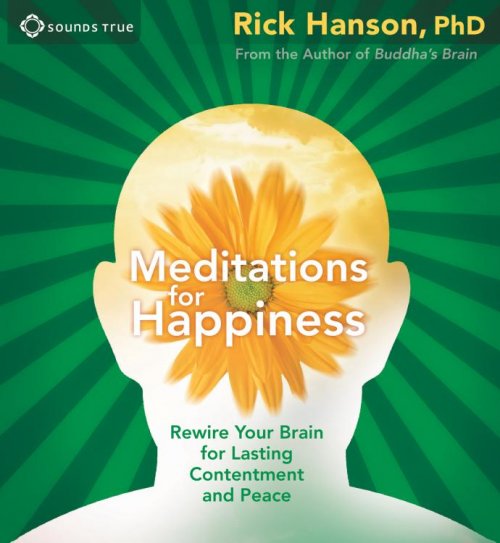
Meditations for Happiness
$17.47 -
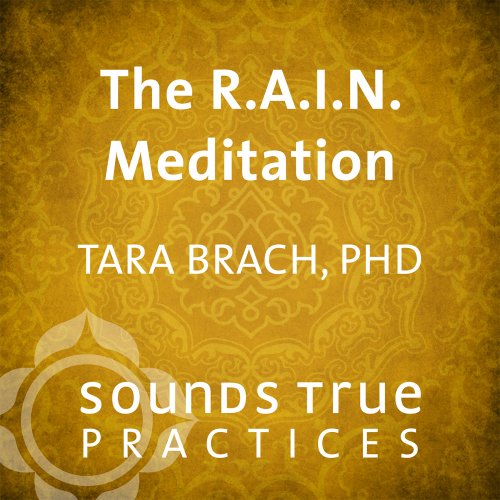
The R.A.I.N. Meditation
$3.99 -
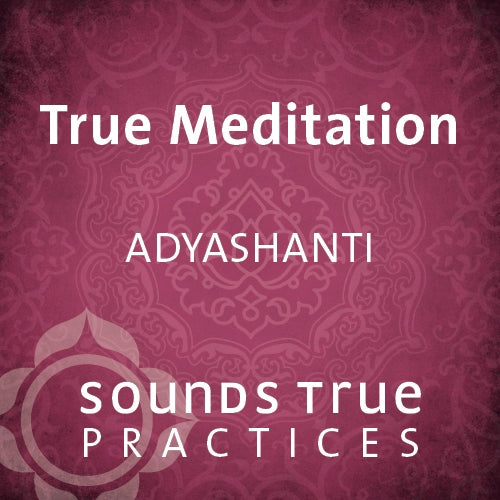
True Meditation
$3.99 -

Tibetan Buddhist Meditation
$3.99 -

Lovingkindness Meditation
$4.99 -

Earth Breathing
$4.99 -

Freedom from Pain
$13.97 -

Plum Village Meditations
$11.17 -
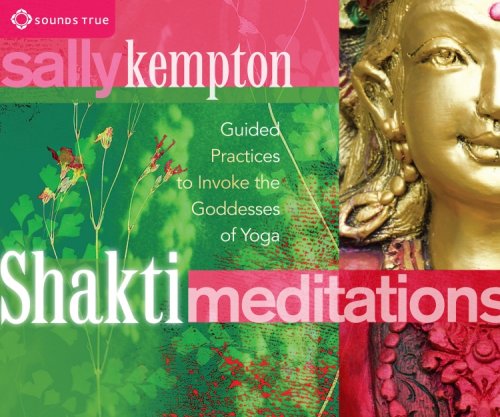
Shakti Meditations
$20.97 -

Chakra Balancing Meditations
$5.99 -

The Inner Art of Meditation
$25.17 $27.97 -
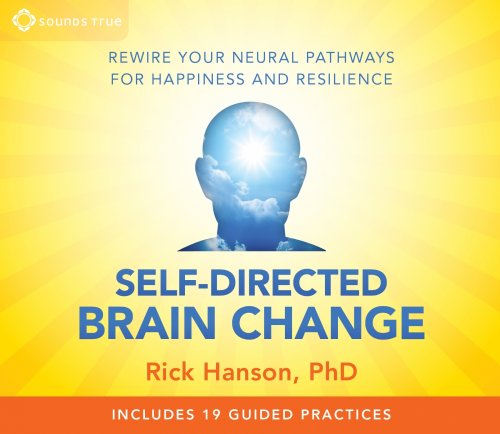
Self-Directed Brain Change
$20.97 -

Meditation for Beginners
$13.97 -

Meditating with the Body
$24.47 -
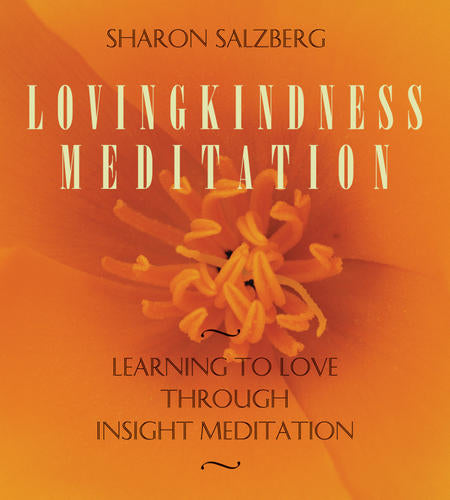
Lovingkindness Meditation
$17.47 -
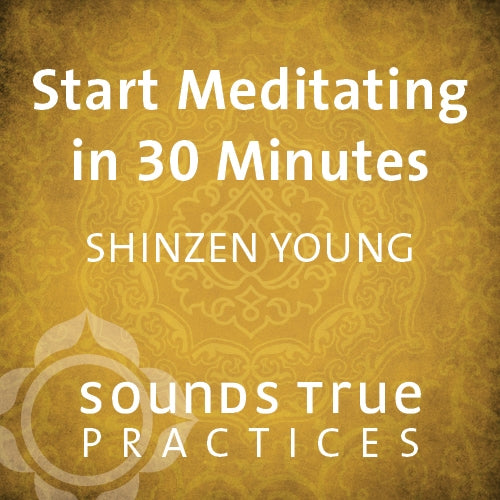
Start Meditating in 30 Minutes
$4.99 -

Evening Chakra Meditation
$3.99 -

Chakra Breathing Meditations
$4.99 -
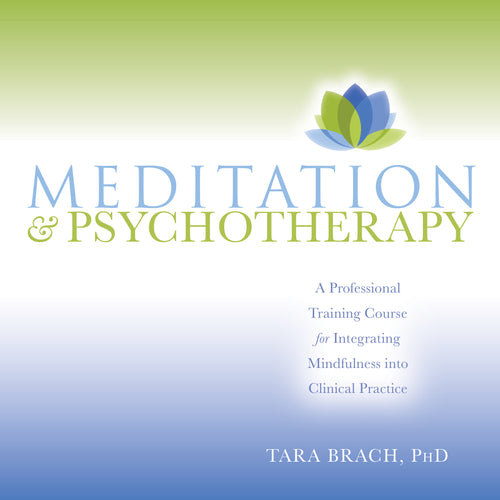
Meditation and Psychotherapy
$55.97 -

Follow Your Breath
$3.99 -

Deep Calm
$12.59 -
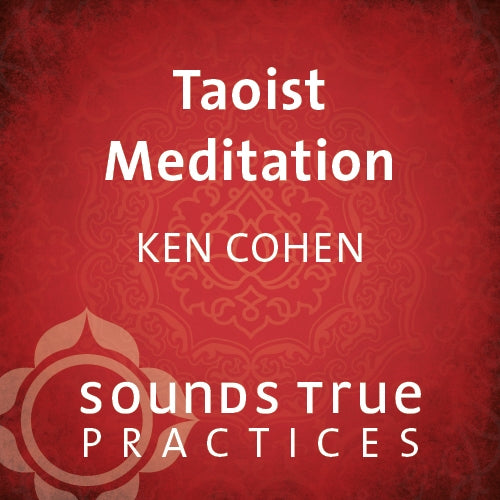
Taoist Meditation
$3.99 -
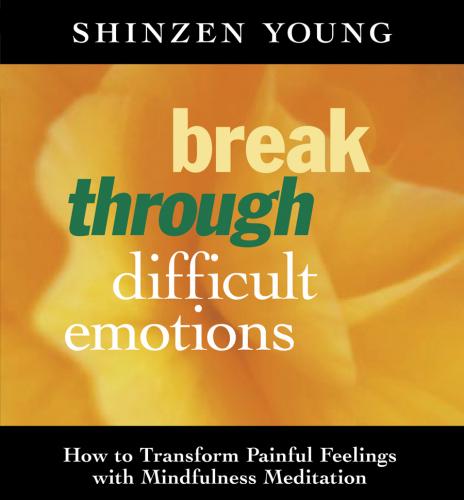
Break Through Difficult Emotions
$12.57 $13.97 -

Meditations to Heal Your Relationship with Money
$4.99 -

The Lotus Meditation
$3.99 -

Meditation Summit
$177.30 $197.00 -

Primal Power Meditation
$3.99 -

Winds of Devotion
$12.59 -

Room to Breathe
$13.97 -

Meditation for Pain Relief
$4.99 -
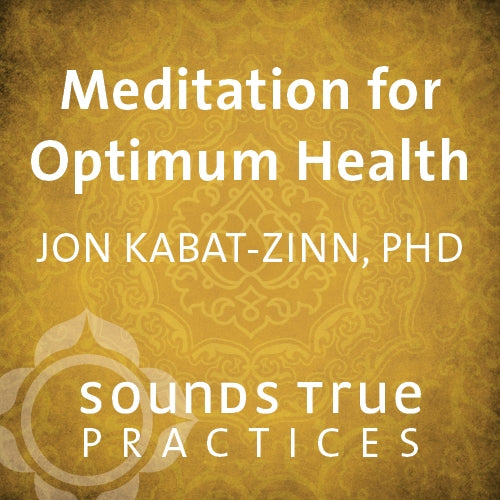
Meditation for Optimum Health
$3.99 -

Meditation for Optimum Health
$15.72 $17.47 -

Meditations for a New Earth
$13.97 -
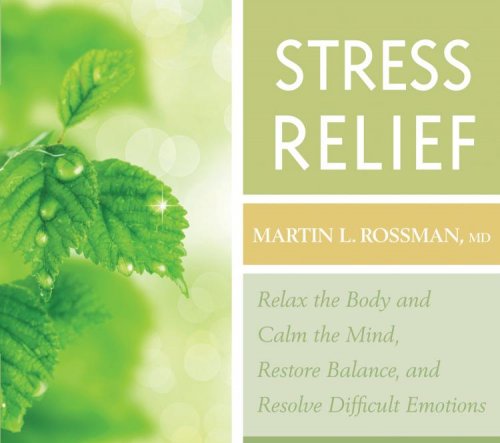
Stress Relief
$10.47 -

Still the Mind
$13.97 -

Beginning Meditation
$13.97 -
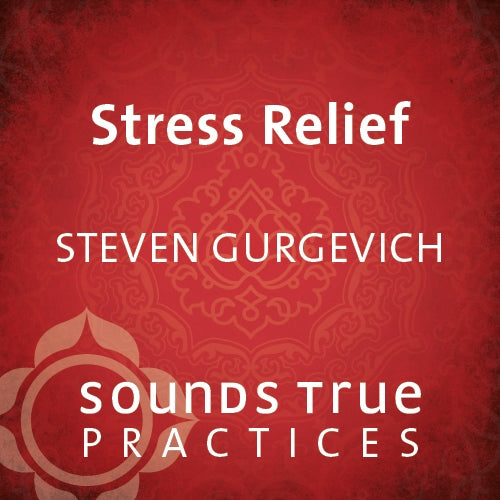
Stress Relief
$4.99 -
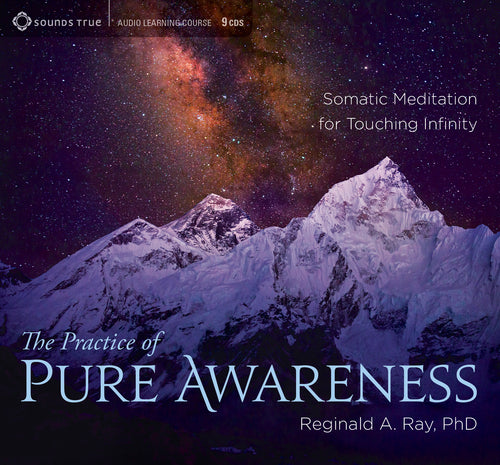
The Practice of Pure Awareness
$55.97 -

Meeting Your Power Animal or Guardian Spirit
$3.99 -

Christian Meditation
$48.97 -

Break Through Pain
$16.78 $20.97 -

Body-Centered Inquiry
$48.97
Check out our Blog
Please select a blog in the section settings.
The Neuroscience Behind Meditation and Concentration
Frequently Asked Questions




























































